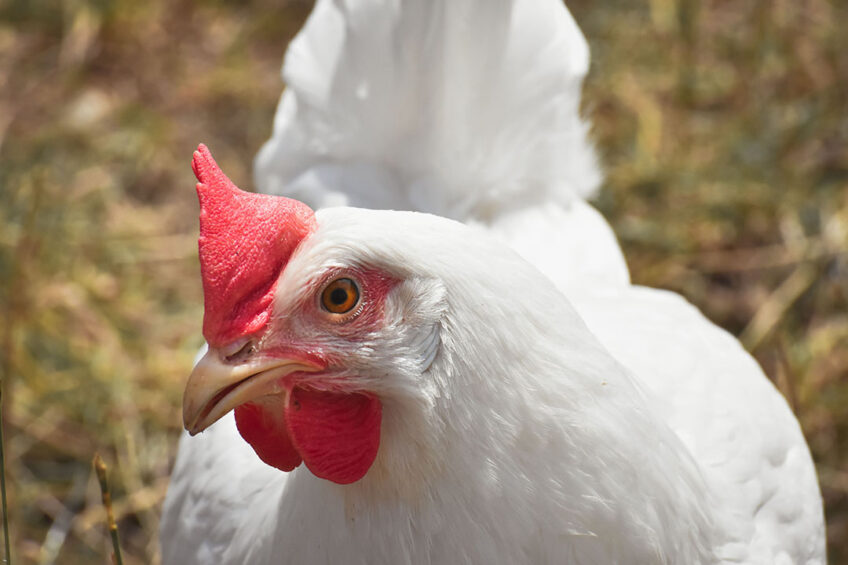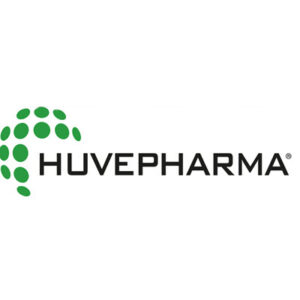Sacox: Gold standard for controlling coccidiosis in poultry

Coccidiosis, caused by protozoan parasites of the genus Eimeria, is perhaps the most widespread and difficult to manage poultry disease, resulting in considerable economic losses especially in the broiler sector.
Coccidiosis is ubiquitous and it is generally accepted that, under the current production systems, coccidiosis control remains necessary. Coccidiosis is also one of the main triggers for other gastrointestinal disorders like necrotic enteritis and dysbacteriosis.
Prevention and control
Prevention and control of coccidiosis is managed by optimising disinfection protocols and applying the most suitable coccidiostat to prevent damage to the intestinal tract. Rotation between different coccidiostat active ingredients over time is good practice.
Thorough disinfection is always an important step in the prevention of any disease, but it is accepted that the omnipresence and extreme resistance of sporulated oocysts (infective stage of Eimeria parasites) make a eradication impossible. Some molecules, like chlorocresols, have proven efficacy against Eimeria oocysts and are therefore the preferred products to be used for the disinfection of poultry houses. Eradication might not be achievable, but the benefit of a significant reduction in the number of oocysts at the start of the new flock will result in lower infection pressure throughout the grow-out stage of production.
Ionophore coccidiostats
Preventive chemotherapy or using synthetic and/or ionophore coccidiostats continuously in the feed is the most common practice to control coccidiosis worldwide. Ionophores have a different mode of action from synthetic drugs since they are able to kill Eimeria early in their life cycle (motile stages or sporozoites and merozoites). To be effective, the ionophore must be present in the intestinal lumen at the time that these motile stages are present. It is important therefore, to avoid interrupted medication since birds kept on litter ingest oocysts continuously. Currently Huvepharma is the only company marketing salinomycin in Europe (Sacox) and the US (Bio-Cox).
Partner for coccidiosis control
Coccidiosis control is our core business and we are the only company able to offer the full toolbox for coccidial control in the poultry sector: coccidiostats (ionophores, chemicals and combination products), coccidiosis vaccines, treatment products and cleaning and disinfection options. This portfolio, and our associated expertise, makes us a unique partner for coccidiosis control. As part of our service, we regularly perform sensitivity testing of different coccidiostats. This post-marketing monitoring gives us insights into the sensitivities of recent field strains and the efficacy of coccidiostats. A meta-analysis was performed using data from 18 different anticoccidial sensitivity tests (AST’s) conducted over a 7-year period (2013-2019) to compare the efficacy of salinomycin with narasin (Table 1). The Eimeria isolates were collected in commercial farms from 13 different countries all using different coccidiosis control programmes. The results show that on average, salinomycin resulted in a higher daily gain and a higher daily feed intake compared with narasin. The (non-corrected) FCR of the salinomycin group is lower compared with the narasin group.
Gold standard
Controlling coccidiosis is a key factor to ensure the best possible performance in broiler production. Sacox is the world’s most widely used ionophore and is considered to be the gold standard for coccidiosis control.


